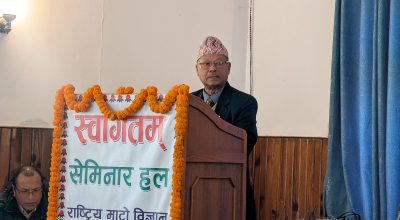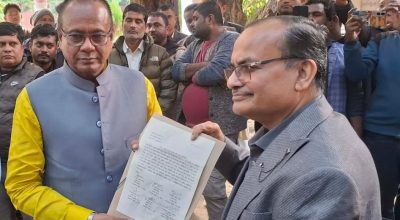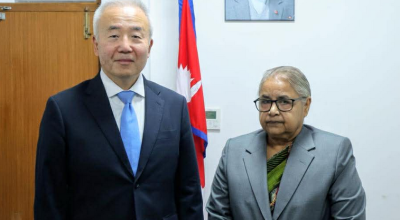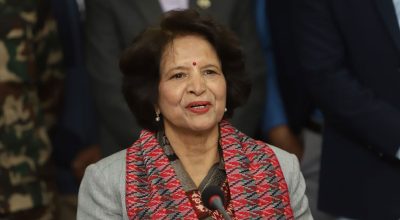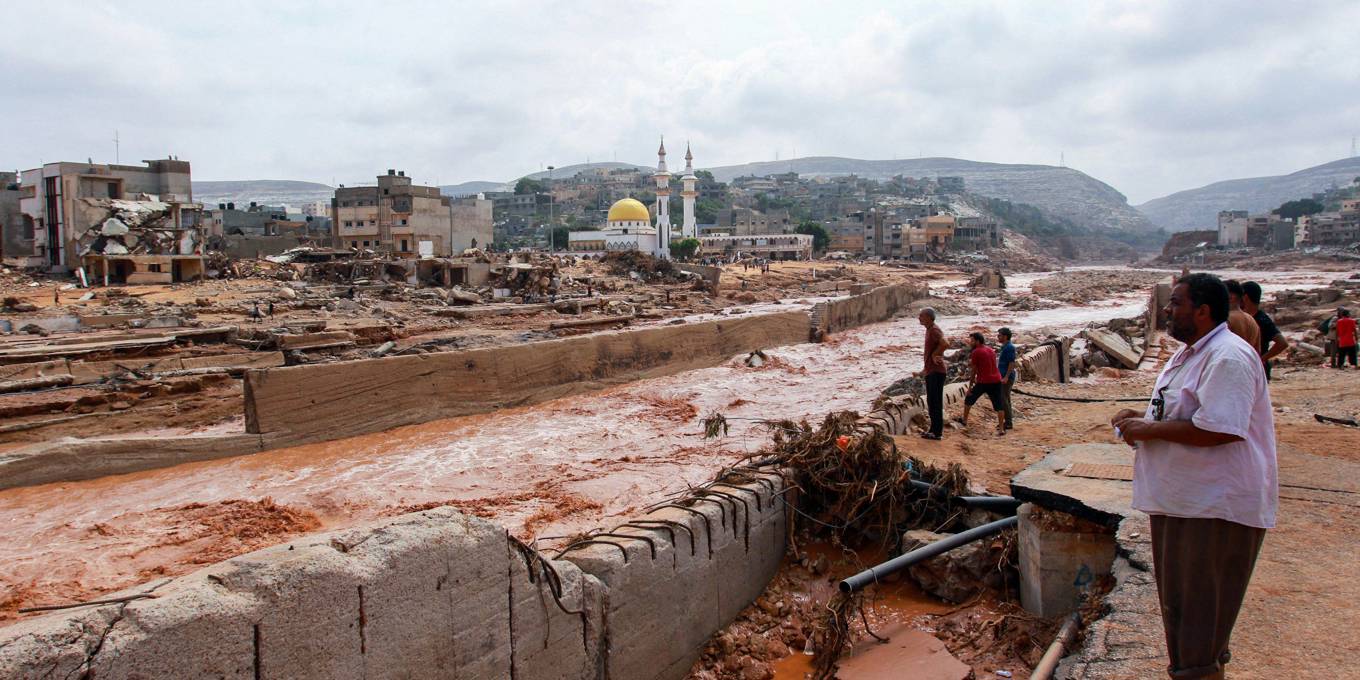
WASHINGTON, DC/CAIRO, Sept 20 (PS) – When the Green Climate Fund (GCF) was established a little over a decade ago, it was considered a potentially useful tool to support developing countries in the shift to climate-resilient and low-emission development pathways. Today, it is the world’s largest climate-dedicated fund, representing a significant share of the war chest for combating global warming. It must be adequately funded to succeed.
To continue financing ambitious climate action, the GCF will need traditional contributors to increase their pledges and new contributors to step forward during its second replenishment round, which is currently underway. It is no exaggeration to say that the GCF’s replenishment campaign is a test of the world’s commitment to fighting climate change; a successful outcome will help developed countries rebuild trust by showing that they understand the urgency of the crisis and that they can deliver on their commitments.
The two most recent United Nations Climate Change Conferences (COP26 and COP27) have shown that world leaders recognize the importance of limiting global warming to 1.5° Celsius. But the implementation challenge – highlighted at last year’s COP27 in Sharm El-Sheikh, the Summit for a New Global Financing Pact in Paris in June, and this month’s Africa Climate Summit in Nairobi – is delivering the $2.4 trillion that developing countries will need annually by 2030 to achieve this goal.
The developing world faces fierce headwinds in mitigating and adapting to climate change. During the past year, the United States and the European Union have announced massive subsidies to incentivize domestic clean-energy investments. These policies will likely lead to rapid advances in green technology. But, when coupled with rising interest rates and finance costs, they will also make it more difficult for the developing countries seeking to benefit from these innovations to attract capital.
Moreover, the total number of green bonds issued by developing countries fell between 2020 and 2022, while those issued in the West increased. And the widening renewables gap between developed and developing countries comes on top of a slowdown in clean-energy investments in 2022. Supply-chain disruptions are further harming emerging-market economies.
The war in Ukraine has also complicated the green transition by derailing some countries’ plans to phase out coal power and fossil fuels. Many other countries have revised their net-zero timelines and commitments, while the corporate sector has also revised its targets downward. Perhaps more importantly, owing to record increases in food, fuel, and fertilizer prices (largely a byproduct of the war), interest-rate hikes, and unsustainable debt burdens, many developing countries have depleted their foreign-exchange reserves and lack the fiscal space to pursue their climate goals.
At the same time, climate change is driving ever more extreme and anomalous weather events, from cyclones in Southern Africa and Libya, to typhoonsin East Asia and droughts in Latin America. If these events continue apace, an estimated 1.2 billion people could be displaced by 2050.
Many developing countries are thus increasingly vulnerable to climate-related disasters through no fault of their own and have already started directing domestic resources to adaptation efforts.
The exponential increase in the scale and frequency of extreme weather, and the mounting costs associated with such events, stands in stark contrast to the slow pace of the global response. This incongruence, coupled with a severe lack of financial instruments that do not generate debt, has diminished developing countries’ trust in the global financial architecture. While the developed world can spend billions on government subsidies and incentives to encourage the green transition at home, low- and middle-income countries suffer the most from delays in climate mitigation and adaptation globally. Even more unsettling is the flood of investment pouring into the fossil-fuel industry to expand operations globally.
Just Energy Transition Partnerships, launched at COP26, made headlines with the promise to funnel money from wealthy countries to the highest emitters in the developing world. Furthermore, COP27 had a similar impact with the establishment of a “loss and damage fund” for developing countries facing the effects of climate change, as well as official calls to reform international financial institutions and to scale up funding for the GCF. But they have yet to deliver, and the global climate financing gap continues to widen as a result. As costs increase exponentially, the developing world is losing hope.
This trend, however, is not irreversible. The developed world and institutions like the GCF can take the initiative in three key areas to restore developing countries’ trust and shore up their climate resilience. For starters, developed countries must significantly increase funding for the GCF – the one international institution whose sole responsibility is to fight climate change. The GCF can do much more, especially by helping to build and implement country programs and adaptation plans, and by enabling the delivery of emissions-reduction projects.
To leapfrog climate technologies, for example, developing countries need financing to adopt scalable adaptation and mitigation strategies. Moreover, investment in technology transfers can transform other sectors and industries – such as agriculture – in addition to fighting climate change.
Likewise, with more capital, the GCF can offer and contribute to cheaper financing for developing countries. That way, they can bolster climate mitigation and adaptation without increasing their debt levels and thus attract more investment. As it becomes widely understood that climate finance is development finance, the GCF could play an important role in increasing the number of debt-for-nature swaps and developing other innovative tools. This includes working with philanthropists and private-sector actors to identify solutions, test them at low cost, and provide guidance on scale. Lastly, the GCF can, through its readiness program, help improve data collection for decision-making purposes.
When it comes to combating global warming, developed countries must fulfill their responsibilities to the rest of the world. The best way to do that is through showing progress in funding the GCF to support its project pipeline and programming capacity. As the past few years have demonstrated, climate change knows no borders, and responding to this existential threat requires mobilizing the world. Anything less would guarantee defeat.
Vera Songwe, Chair of the Liquidity and Sustainability Facility, is a non-resident senior fellow at the Brookings Institution and Co-Chair of the High-Level Expert Group on Climate Finance. Mahmoud Mohieldin, a former Egyptian minister for investment, is Egypt’s High-Level Climate Champion for COP27 in Sharm El-Sheikh, an executive director at the International Monetary Fund, and Facilitator of the Green Climate Fund’s second replenishment process.
Copyright: Project Syndicate, 2023.
www.project-syndicate.org






